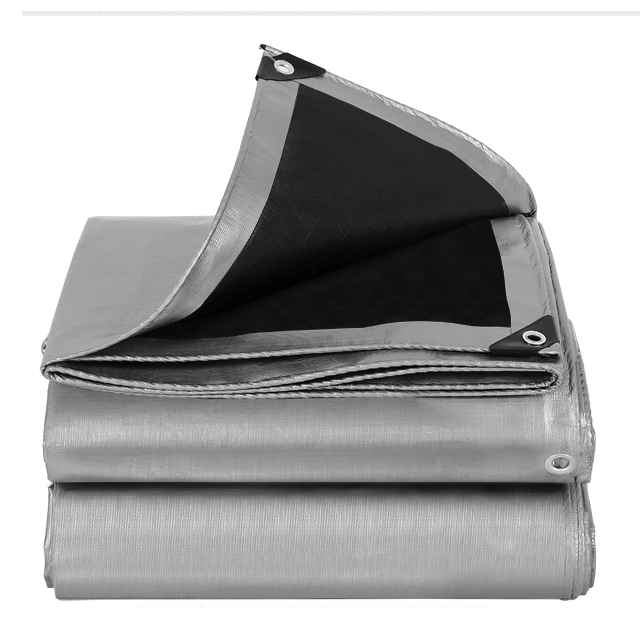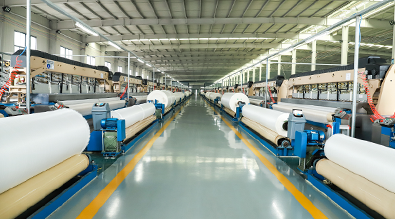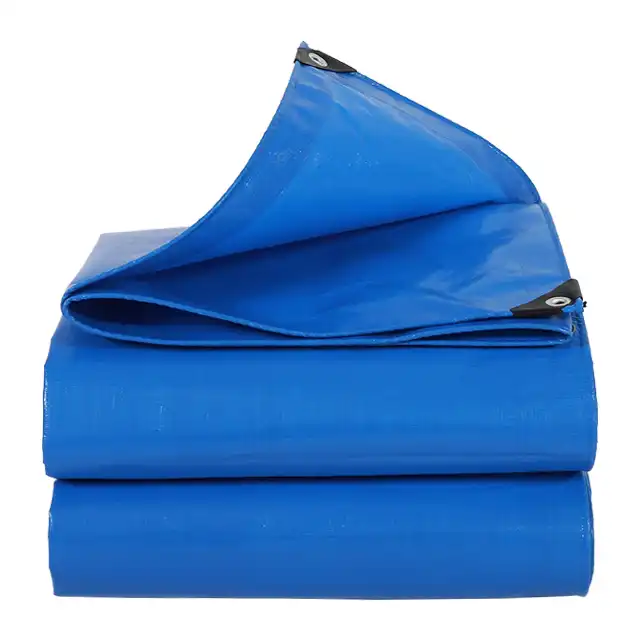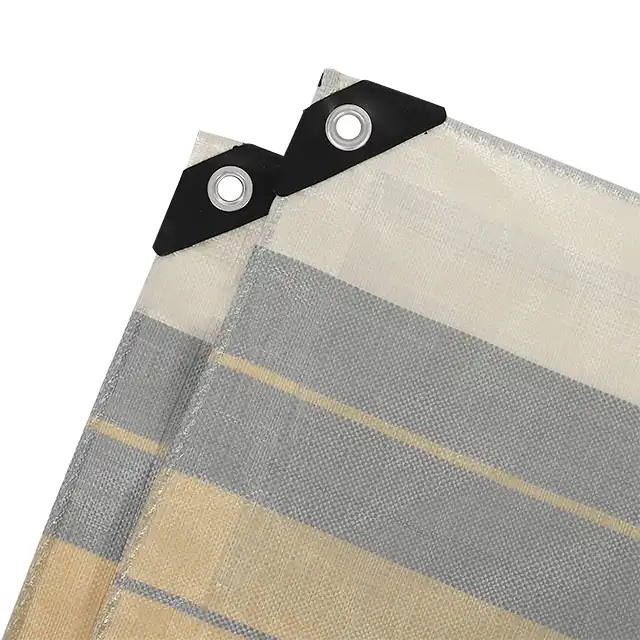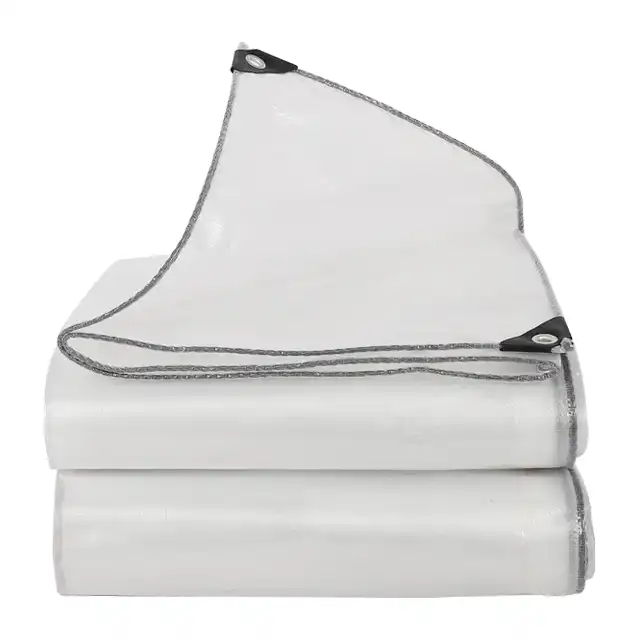The Difference Between Outdoor Shade Tarps and Tarpaulins
When you're standing in your backyard on a scorching summer day, desperately seeking relief from the relentless sun while watching your outdoor furniture fade and your plants wilt, you might wonder whether you need a shade tarp or a tarpaulin for protection. This confusion between outdoor shade tarps and traditional tarpaulins has left countless homeowners, contractors, and outdoor enthusiasts making costly purchasing mistakes. Understanding the fundamental differences between these protective covers can save you time, money, and ensure you get the right solution for your specific outdoor protection needs.
What Makes Shade Tarps Different from Traditional Tarpaulins?
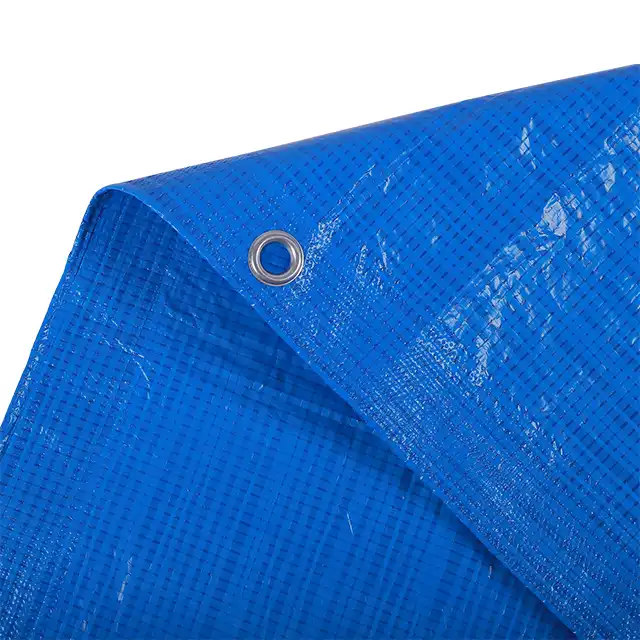
Understanding the core differences between shade tarps and traditional tarpaulins begins with recognizing their distinct design purposes and material compositions. While the two terms can be used interchangeably in some markets, "Tarp" often refers to lightweight and general-purpose covers, while "Tarpaulin" tends to refer to high-strength, multi-functional materials. Shade tarps are specifically engineered to provide UV protection and cooling relief while maintaining airflow, featuring a mesh-like construction that allows breathability. Traditional tarpaulins, however, are designed primarily for complete weather protection, utilizing solid materials that create impermeable barriers against rain, wind, and moisture. The material construction reveals the most significant differences between these protective covers. Shade tarps typically incorporate high-density polyethylene (HDPE) woven fabrics with specialized mesh patterns that block harmful UV rays while permitting air circulation. These materials are often treated with UV inhibitors to provide enhanced sun protection ratings ranging from 70% to 95% shade coverage. Traditional tarpaulins employ laminated polyethylene construction, where LDPE coating is applied over HDPE woven fabric to create waterproof barriers. This solid construction makes tarpaulins ideal for applications requiring complete moisture protection but less suitable for situations where airflow is essential.
-
Mesh Construction vs Solid Barrier Design
The fundamental construction difference between shade tarps and tarpaulins lies in their approach to protection. Mesh tarps are unmatched for ventilation and shade, while solid tarps provide maximum protection from the elements. Shade tarps utilize knitted or woven mesh structures that create microscopic openings allowing air circulation while blocking the majority of solar radiation. This design prevents heat buildup underneath the covering, making them perfect for outdoor living spaces, patios, and agricultural applications where temperature control is crucial. Traditional tarpaulins feature solid barrier construction where multiple layers of material are bonded together to eliminate permeability. The typical construction involves HDPE woven fabric as the base layer, followed by LDPE lamination on both sides to create a completely waterproof membrane. This solid construction makes tarpaulins excellent for truck covers, equipment protection, and temporary roofing applications where absolute weather resistance is paramount. However, this same solid construction that provides superior weather protection can create problematic heat accumulation and condensation issues in shade applications.
Applications: When to Choose Shade Tarps Over Tarpaulins?
-
Outdoor Living and Recreation Spaces
Shade tarps excel in outdoor living applications where comfort and ventilation are priorities. Shade tarps provide cool shade under hot Sun and protect family, pets and cattle from UV and heat. For patio covers, gazebo installations, and outdoor event spaces, shade tarps offer the perfect balance of sun protection and air circulation. The mesh construction prevents the stifling heat buildup that occurs with solid tarpaulins, creating comfortable outdoor environments even during peak summer temperatures. Professional-grade shade tarps designed for outdoor recreation feature reinforced edges, corrosion-resistant grommets, and UV-stabilized materials that maintain their protective properties season after season. These applications require materials that can withstand constant UV exposure while providing reliable shade coverage. Quality shade tarps utilize high-strength yarns treated with UV inhibitors that provide extended protection against harmful solar radiation and prevent material degradation from sun exposure.
-
Agricultural and Horticultural Uses
Shade cloths come in various percentage ratings and do not trap much moisture or heat but let enough light through to ensure plants get as much natural light as possible. In agricultural applications, shade tarps serve critical roles in crop protection, greenhouse shading, and livestock shelter. The mesh construction allows essential air circulation while filtering harmful UV radiation that can damage sensitive plants or stress animals. This breathable protection is impossible to achieve with solid tarpaulins, which would trap heat and create harmful growing conditions. Advanced shade tarp systems in agriculture utilize specialized knitting patterns and material compositions optimized for specific crops and growing conditions. These systems provide precise shade percentages ranging from 30% to 95% coverage, allowing farmers and growers to customize light levels for optimal plant growth. The breathable mesh construction prevents the condensation problems that plague solid coverings in agricultural environments.
Material Composition and Durability Factors
-
High-Density Polyethylene Construction
Premium shade tarps utilize high-density polyethylene (HDPE) construction that provides exceptional strength-to-weight ratios while maintaining flexibility and UV resistance. The manufacturing process involves extruding HDPE into continuous filaments that are woven into fabric using specialized equipment capable of creating consistent mesh patterns. Professional-grade shade tarps incorporate high-strength yarns ranging from 400D to 2500D thickness, providing varying levels of durability and protection based on application requirements. The HDPE material composition offers inherent advantages for shade applications, including excellent UV stability, chemical resistance, and dimensional stability under varying weather conditions. Quality shade tarps feature UV treatment levels ranging from 1% to 7%, providing extended service life in outdoor environments. This UV treatment prevents the material degradation that can occur with untreated polyethylene products exposed to continuous solar radiation.
-
Coating and Lamination Differences
Traditional tarpaulins employ lamination processes where LDPE coating is applied to both sides of the base fabric to create waterproof barriers. This lamination process involves heating LDPE film and bonding it to the woven substrate under controlled pressure and temperature conditions. The resulting product provides complete moisture protection but eliminates the breathability that makes shade tarps suitable for comfort applications. Shade tarps may incorporate specialized coatings designed to enhance UV protection without compromising breathability. These coatings are applied using advanced application methods that preserve the mesh structure while improving material performance. Some premium shade tarps feature anti-fungal and anti-bacterial treatments that prevent biological growth in humid environments, extending service life and maintaining appearance.
Weight and Handling Characteristics
-
Lightweight Design Benefits
Polyethylene mesh tarps are more lightweight and allow shade from the sun while still being breathable. Shade tarps typically weigh significantly less than comparable-sized tarpaulins due to their mesh construction and optimized material usage. Professional-grade shade tarps range from 100gsm to 280gsm, providing excellent coverage while remaining manageable for installation and maintenance. This lightweight design makes shade tarps ideal for temporary installations, portable shade structures, and applications where frequent handling is required. The reduced weight of shade tarps translates to practical advantages in shipping, storage, and installation costs. Large shade installations that would require heavy equipment for tarpaulin installation can often be completed with basic tools and minimal labor when using appropriate shade tarp systems. This weight advantage becomes particularly important in commercial applications where installation efficiency directly impacts project costs.
-
Installation and Maintenance Considerations
Shade tarps require different installation approaches compared to traditional tarpaulins due to their mesh construction and intended applications. The breathable design means shade tarps experience different wind loading characteristics, often requiring more frequent anchor points but lower structural loads on support systems. Professional installations utilize specialized hardware designed for mesh materials, including grommets and reinforcement patches that distribute loads effectively across the mesh structure. Maintenance requirements for shade tarps focus on UV degradation monitoring and cleaning procedures that preserve the mesh structure. Unlike solid tarpaulins where damage is typically visible as tears or punctures, shade tarp deterioration may manifest as gradual UV protection loss or mesh deformation. Regular inspection protocols should include UV protection testing and mesh integrity assessment to ensure continued performance.
Performance in Different Weather Conditions
Shade tarps and tarpaulins respond differently to various weather conditions due to their distinct construction methods and material compositions. Understanding these performance differences is crucial for selecting the appropriate covering for specific environmental conditions and exposure requirements.
-
Wind Resistance and Air Permeability
The mesh construction of shade tarps provides inherent advantages in high-wind conditions due to their air permeability. Shade cloths offer breathable, light-filtering solutions while tarps provide robust, water-resistant coverage. Wind forces pass through the mesh structure rather than creating pressure buildup that can damage solid coverings or their support structures. This characteristic makes shade tarps particularly suitable for exposed locations where traditional tarpaulins might experience excessive wind loading. However, the same air permeability that provides wind resistance advantages also means shade tarps offer limited protection from wind-driven rain or debris. Applications requiring complete weather protection should utilize traditional tarpaulins despite their increased wind loading characteristics. The choice between shade tarps and tarpaulins often involves balancing wind resistance benefits against weather protection requirements.
-
UV Protection and Thermal Performance
Professional-grade shade tarps provide superior thermal performance compared to solid tarpaulins in sun-exposed applications. The mesh construction allows heat dissipation through convective air movement while blocking harmful UV radiation. This combination creates comfortable conditions underneath shade tarp installations even during extreme temperature conditions. Quality shade tarps can reduce ambient temperatures by 10-15 degrees Fahrenheit compared to unprotected areas. Traditional tarpaulins can actually increase heat buildup in shade applications due to their solid construction trapping heated air. This thermal performance difference makes shade tarps the preferred choice for comfort applications, agricultural shading, and outdoor living spaces where temperature control is important.
Conclusion
Understanding the fundamental differences between outdoor shade tarps and tarpaulins empowers informed decision-making for protection needs. Shade tarps excel in applications requiring UV protection, ventilation, and comfort, while tarpaulins provide superior weather resistance and durability for heavy-duty applications.
Cooperate with Linyi Shengde Plastic Co., Ltd.
Since 2003, Linyi Shengde Plastic Co., Ltd. has established itself as the leading enterprise in Chinese PE tarpaulin manufacturing with registered capital of CNY 80 Million and over 20 years of proven expertise. Our state-of-the-art facility spanning 60,000 square meters houses advanced production equipment including 30+ high-tech extruding machines, 400+ Korea-imported automatic water-jet looms, and specialized coating machines capable of producing fabrics up to 5 meters wide without joints. With ISO 9001:2015 certification and partnerships with prestigious organizations like UNHCR, IOM, ICRC, and UNICEF, we deliver uncompromising quality that has earned trust across more than 30 countries including the USA, Canada, Spain, Brazil, India, and Ethiopia.
Our research and development team continuously innovates to meet evolving market demands, recently completing breakthrough developments in ultra-wide braiding machines, 4-meter width tarpaulin products, fire-resistant treatments, and enhanced waterproofing technologies. Whether you need a China shade tarp factory, China shade tarp supplier, or China shade tarp manufacturer for your project, our 1000+ skilled workers ensure 100+ tons daily production capacity with competitive shade tarp prices and reliable delivery schedules. As your trusted China shade tarp wholesale partner offering High Quality shade tarps for sale, we invite you to experience the Shengde difference. Contact us at info@shengdetarp.com today to discuss your custom shade tarp requirements and discover why industry professionals worldwide choose Linyi Shengde for their protective covering solutions.
FAQ
Q: What is the main difference between a shade tarp and a regular tarpaulin?
A: Shade tarps feature mesh construction for UV protection and airflow, while tarpaulins use solid materials for complete weather protection.
Q: Can shade tarps be used in heavy rain conditions?
A: No, shade tarps are designed for sun protection and allow water to pass through their mesh construction.
Q: How much UV protection do shade tarps provide?
A: Quality shade tarps typically block 70-95% of harmful UV radiation depending on their mesh density and construction.
Q: Are shade tarps more durable than regular tarps?
A: Durability depends on application - shade tarps excel in UV exposure while solid tarps handle weather and abrasion better.
References
1. "Tarpaulin Materials and Construction Methods" - Industrial Fabrics Association International, Technical Bulletin Series
2. "UV Protection Standards for Outdoor Textiles" - American Society for Testing and Materials, ASTM D6603 Standard
3. "Mesh Fabric Applications in Agricultural Protection" - Journal of Agricultural Engineering Research, Volume 45, Issue 3
4. "Polyethylene Tarpaulin Manufacturing Processes" - International Textile Institute, Technical Publication Series
